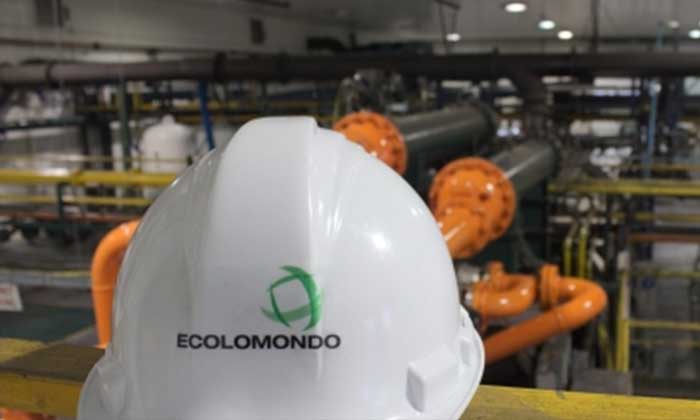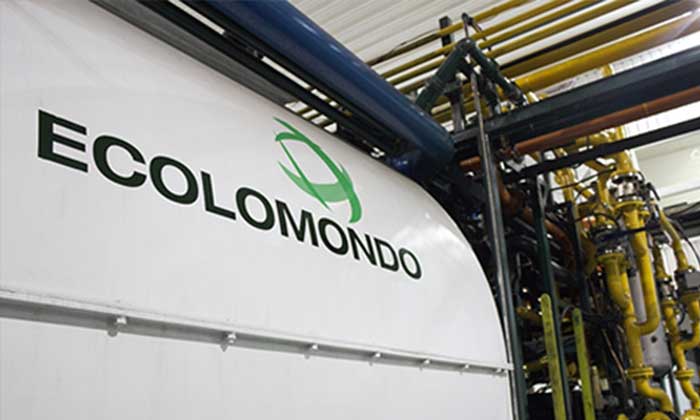Mixed sentiments for Black Masterbatch prices in India and China
The use of Recovered carbon black from end-of-life tires and plastic pyrolysis has caused fluctuations in price and demand in the Masterbatch market. From the beginning of 2023, the Masterbatch market in Asia, especially in India and China, has experienced fluctuating pricing trends from the beginning of 2023. Due to decreasing demand from downstream industries like electronics, packaging, and rubber, the pricing trend for Masterbatch in the local Indian market has been bearish. Black Masterbatch (40% carbon black) cost $1977 per ton in India in January 2023 but fell to $1770 per ton in February 2023, a 10.5% decrease. Due to declining naphtha and coal prices in the domestic Indian market, prices decreased further by 6.9% to $1648 per ton in March 2023.
On the other side, Masterbatch prices have been progressively rising on the Chinese market. Due to a surge in demand from both domestic and international market participants in the packaging, electronics, and rubber industries, the manufacturing facilities are working at full capacity, which is why Masterbatch costs are constantly rising. Black Masterbatch (40% carbon black) FOB Tianjin (China) was priced at $1251 per ton in February 2023 compared to a quoted price of $1201 per ton in January 2023. Despite uncertain economic conditions and a pessimistic demand forecast globally, prices in the domestic Chinese market kept rising. Prices increased by 5.1% in March, reaching $1315 per ton.
Market participants predict steady market sentiments in the region and a rise in demand from several industry categories. The Masterbatch market is expected to develop as a result of the use of recovered carbon black from scrap tires and plastic pyrolysis, biodegradable Masterbatch, improvements in plastics technology, and the usage of plastic in the automobile sector. For instance, Ampacet, a leader in worldwide masterbatch, created a high-voltage orange PBT (Polybutylene Terephthalate), a thermoplastic engineering polymer that serves as an insulator in electrical and electronic equipment and whose orange color specifications make high-voltage risks simple to recognize.
Source: ChemAnalyst.
Weibold is an international consulting company specializing exclusively in end-of-life tire recycling and pyrolysis. Since 1999, we have helped companies grow and build profitable businesses.









